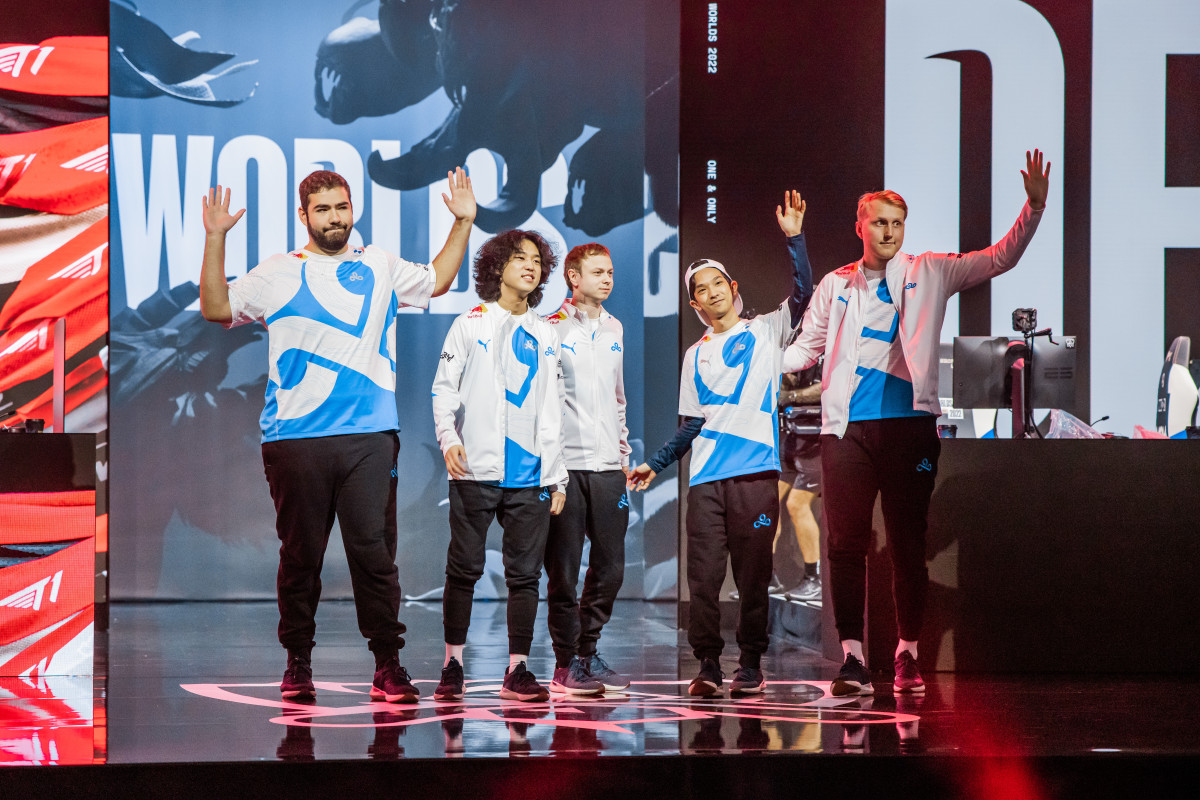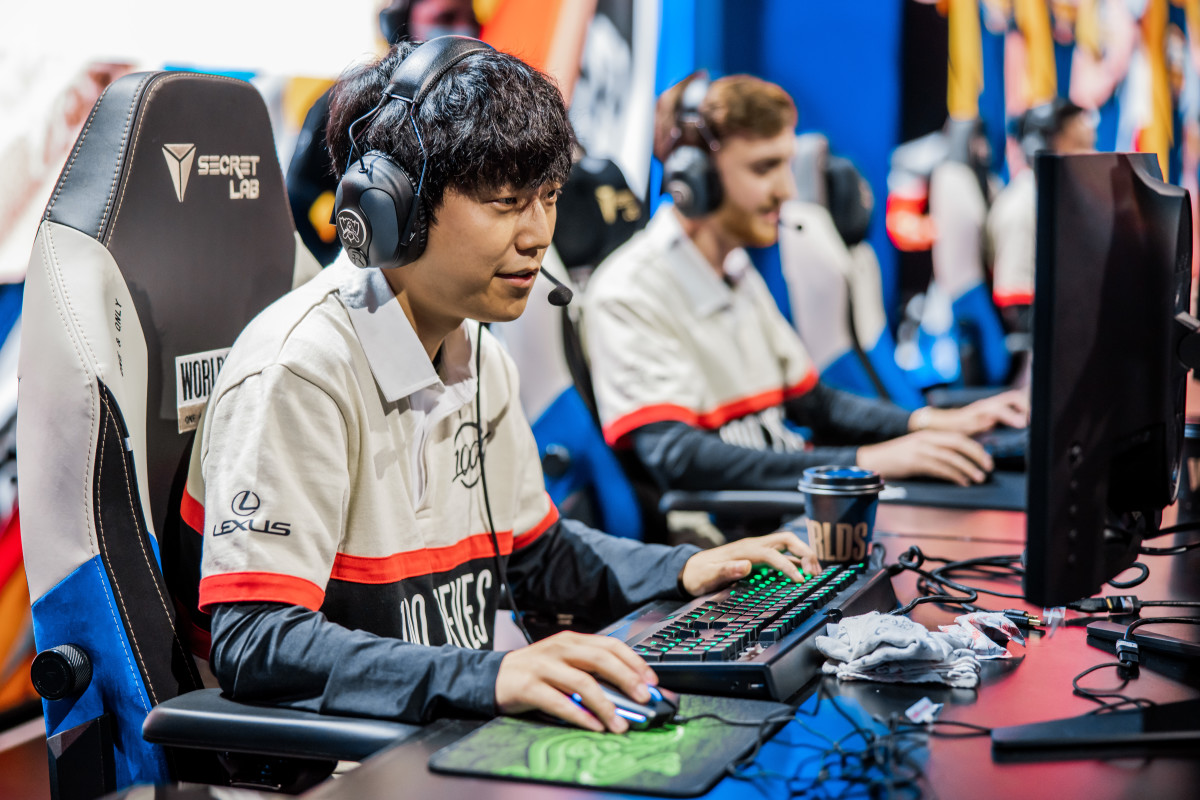What It’s Going To Take For North America To Compete In League of Legends

This has to be rock bottom, right? How many times have we found ourselves wondering that over the years? The Grand Finals of the League of Legends World Championship was held in San Francisco last weekend. It was the first time the tournament has been held on American soil since 2016. Yet, as I sat there, high above the floor of the Chase Center, watching the best players in the world compete, all I could think was, “Not a single North American player.”
READ MORE: DRX Shocks the World - Defeats T1 to Win Worlds 2022
Those of you new to the scene might be thinking about how unusual that must be. Sadly, the reality is that it was an all too common sight. For being one of the largest countries on Earth, and one of the biggest League of Legends fan bases anywhere, it seems unconscionable for us to have never had a single team make it to the finals of the World Championship. Sadly, it goes one step beyond even that miserable reality. There has never, in the over ten year history of competitive League of Legends, been a single North American player to compete in the finals.
The Lurid History of North America at Worlds
In 2011, we were treated to the very first League of Legends World Championship. Of course, it looked nothing like it does today. It was held in the 2000 capacity Elmer Arena in Jönköping, Sweden. The prize pool was $100,000 dollars, which at the time, was a hefty sum for an esports tournament. Fans joked that it looked like it was being held in the basement of one of the casters.

At the time, it was just called the ‘Season One Championship,’ and in fairness, it would have been a little dishonest to call it a world championship. Only North America and Europe were invited, after all. In the finals, the UK’s FNatic defeated the French squad Against All Authority. America’s Team SoloMid finished third place. And that’s it. That’s the best we’ve ever done. That third place finish in a tournament that Korea and China weren’t invited to is the high water mark for North America at Worlds.
Since then, we’ve made a single appearance in the semifinals. Cloud9 managed to stun Korea’s Afreeca Freecs and make it to the semifinals of the 2018 World Championship. They were unceremoniously crushed 3-0 by FNatic. That about sums up our successes and, more accurately, our failures. So why is it like this?
The Self Fulfilling Prophecy
Getting North America to the competitive levels necessary to stand up to the best in the world was always going to be a difficult lift. Games like Counterstrike, Call of Duty, and Halo sometimes distorts our view of how good we are. Shooters are not as popular in Asian countries, and in the case of China, are frequently outright banned. This is not the case in titles like League of Legends, Starcraft, and DOTA 2.
Esports has been widely adopted and accepted in Asian countries since the late 90s. In many of these countries, esports athletes are revered in much the same way we do athletes in Football, Hockey, Baseball, and Basketball. They’re rock stars. The aspirations of being a professional gamer are not mocked, but celebrated, nurtured, and coached from a young age.

Due to the difference in culture, there is a better talent pool of players in Asian countries. That, in turn, means players growing up in those countries have better players to play against and thus improve more as they learn and grow. It becomes a self fulfilling prophecy. Greatness breeds greatness. Winning breeds winning.
In North America, the LCS region spends all year competing against itself, just as the other regions do. How then do we expect teams to go to Worlds and compete with better regions when they can only practice against teams that aren’t on that level? How can we expect our teams to improve when the players on those teams aren’t feeling the pressure of new young talent coming up and vying for a spot?
How To Fix It
So what can we do about it? There are things we could look to the LCS and to Riot to help make us more competitive. And there are also things that we, as fans, can do to help.
What Riot and the LCS could do to help:
- More international play. As it is right now, we get two chances per year to play internationally. The Mid-Season Invitational invites one team from each region to compete between the Spring and Summer Split. Worlds invites up to three teams from North America to compete each year. At most, four teams get to compete internationally every year, and that is simply not enough.
- Allow and encourage teams to practice and train in whatever region they want. As it is, players in North America, understandably, practice in North America. But imagine if a team went to spend the entire off-season in Korea, playing against higher level talent than they would find in queues over here. In Riot's defense, they are taking major steps this year to help make this a reality.
- Stop pretending the answer is importing talent from other regions. Every team wants to field the best possible product for their fans, but North America’s practice of bringing in players from other regions is a bandage at best. Not only has it been shown to be ineffective in getting us to where we want to be, but it’s also limiting our ability to develop our own talent.
What we can do as fans:
- Support and encourage young people wanting to pursue esports as a dream. This is already happening in many places, but it needs to continue to be a part of our culture. Just as you’d get a coach for your kid to learn soccer or football, coaching is available for esports as well.
- Stop treating esports like an exhibit at the zoo. Millions of people tuned in to check out the World Championships this year and the Chase Center was sold out. Esports is here to stay, and we need to stop looking at them as a fad.
- Demand better, but understand the build is going to take time. Getting esports where it needs to be in North America is not going to be a quick process. Thankfully, a generation of people who grew up with esports being what it is will be entering competitive ages in the next five to ten years. And make no mistake, they are the ones who will have the chance to lead North America to greatness, but they still need a little more time.
